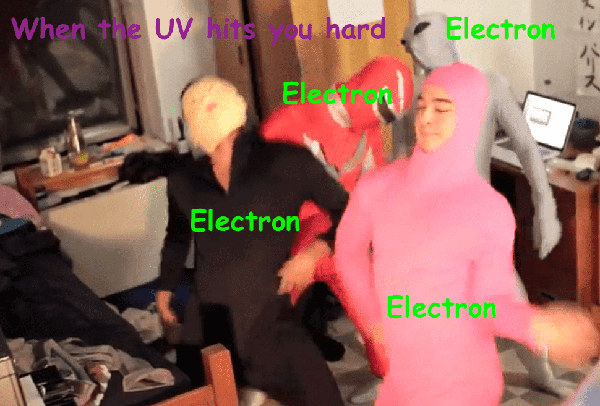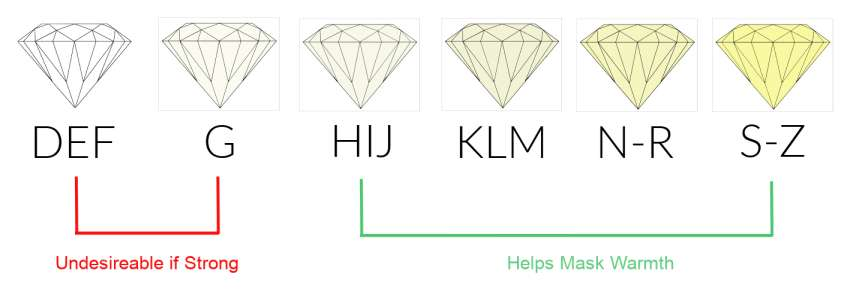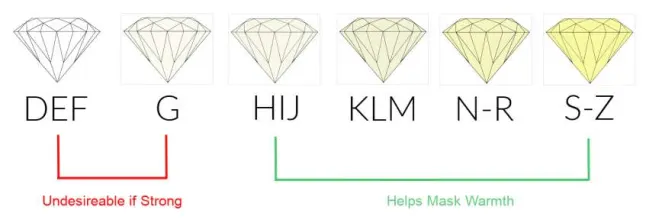What Does Fluorescence Mean in a Diamond?
Fluorescence refers to a phenomenon where a diamond emits a visible glow when exposed to ultraviolet (UV) light. It is a natural characteristic of some diamonds and is caused by the presence of certain elements or structural imperfections within the diamond crystal.
Fluorescence can range from none (no fluorescence) to faint, medium, strong, or even very strong. The color of fluorescence can be blue, yellow, white, or other colors, but blue fluorescence is the most common.
The Basics
Fluorescence is the light that one can observe from diamonds when placed under a UV light source. Fluorescence is graded by its intensity (None, Faint, Medium, Strong, and Very Strong) and by the color of the fluorescence (blue being the most common).
How does it Happen?
Imagine being at a party, and you are having a great time. Suddenly, one of your favorite songs comes on, and you find yourself tapping your feet to the rhythm. The same happens with electrons when the DJ turns on the UV light. When the high-energy UV hits the electrons in a diamond, they look at each other and say: it's time to party. To release the extra-energy, the electrons produce multi-colored light that we call fluorescence (kind of like a Harlem Shake if you ask me).
Is it Bad for my Health?
There are some rumors that fluorescence has some ill effects on human health. I can see where they might be coming from since many radioactive materials are used to make things glow in the dark. But these two situations have little in common. In radioluminescence (radioactive glow), the high energy comes from the radioactive material itself and excites the electrons and we observe a glow. In fluorescence, the high energy that excites the electron comes from the UV light and we observe a glow.
While the result is similar, sources of the energy could not be more different. The light itself that we see from fluorescence or radioluminescence is harmless. In short, fluorescence is harmless to human health in every circumstance. If your diamond is glowing slightly, it means you might just be getting slightly more tan.

Fluorescence and Color:
Life is all about balance. Fluorescence and color work in the same way. Since most of the diamond fluorescence is blue, fluorescence balances out the slightly yellow body-color (especially diamonds with I to M color grades, for color reference). Generally, a diamond that is I or below in color, a blue fluorescence is considered a good thing.
The same thing can't be said for diamonds of higher color grades. For diamonds in the D to G color range, fluorescence is considered a bad thing. Some people believe that strong fluorescence can cause the diamond to look hazy or oily and lose some of its signature brilliance. However, this happens on a case by case basis and only if the fluorescence is too strong for the color grade. What is universal is that diamonds in these color ranges all see a price drop the greater the fluorescence intensity.
 To summarize, a general rule of thumb is to choose medium or lower for color grades D-G and welcome fluorescence for color grades H to K.
To summarize, a general rule of thumb is to choose medium or lower for color grades D-G and welcome fluorescence for color grades H to K.


Diamond Fluorescence FAQs